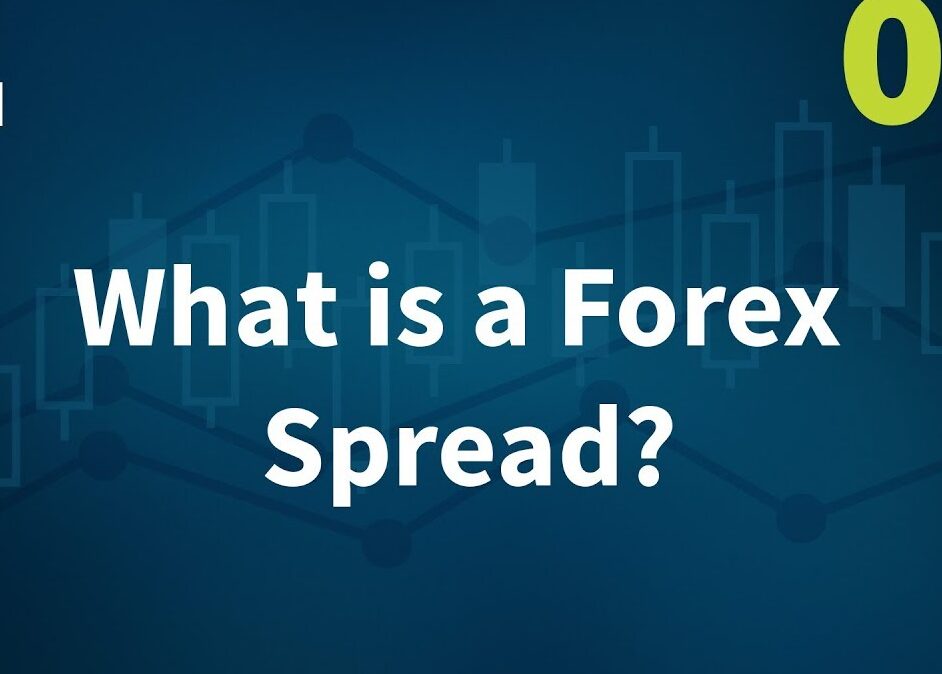Understanding Forex Spreads – In the world of forex trading, understanding spreads is crucial for effective trading strategies and overall profitability. The spread is the difference between the buying price (ask price) and the selling price (bid price) of a currency pair. This article will explain what forex spreads are, how they work, the different types of spreads, and their impact on trading.
What are Forex Spreads?
Definition of a Spread
A forex spread is the cost of trading in the forex market. It represents the difference between the price at which you can buy a currency pair and the price at which you can sell it. For example, if the EUR/USD pair has an ask price of 1.1200 and a bid price of 1.1180, the spread would be 20 pips (1.1200 – 1.1180).
Importance of Spreads in Forex Trading
- Trading Costs: Spreads directly impact the cost of entering and exiting trades. A wider spread means higher costs, while a narrower spread can enhance profitability.
- Market Liquidity: Spreads can indicate market liquidity; tighter spreads often signal a more liquid market, while wider spreads can indicate lower liquidity or higher volatility.
- Profitability: Understanding spreads helps traders make more informed decisions and improve their overall trading strategies.
How Forex Spreads Work
Bid and Ask Prices
In forex trading, every currency pair has two prices:
- Bid Price: The price at which you can sell a currency pair.
- Ask Price: The price at which you can buy a currency pair.
The spread is calculated as:
Spread=Ask Price−Bid Price\text{Spread} = \text{Ask Price} – \text{Bid Price}
Example of a Spread Calculation
Consider the following scenario for the GBP/USD currency pair:
- Bid Price: 1.3000
- Ask Price: 1.3020
The spread would be:
Spread=1.3020−1.3000=0.0020 or 20 pips\text{Spread} = 1.3020 – 1.3000 = 0.0020 \text{ or } 20 \text{ pips}
When trading, you would need the market price to move more than the spread in your favor to start making a profit.
Types of Forex Spreads
1. Fixed Spreads
Fixed spreads remain constant regardless of market conditions. They provide predictability in trading costs, making it easier for traders to calculate potential profits and losses.
Advantages
- Predictability: Easier budgeting for trading costs.
- Stable Costs: Ideal for traders who prefer consistency in pricing.
Disadvantages
- Wider Spreads: Fixed spreads may be wider during low liquidity periods.
- Less Flexibility: May not benefit from tighter spreads in more favorable market conditions.
2. Variable (Floating) Spreads
Variable spreads fluctuate based on market conditions, such as liquidity and volatility. These spreads can narrow during high liquidity times and widen during periods of low liquidity or high volatility.
Advantages
- Tighter Spreads: Potentially lower trading costs during stable market conditions.
- Market Responsiveness: Can provide better pricing during favorable market conditions.
Disadvantages
- Unpredictability: Costs can vary significantly, making budgeting difficult.
- Wider Spreads During Volatility: Traders may face higher costs during news events or market turmoil.
3. Commission-Based Spreads
Some brokers offer commission-based spreads, where the spread is lower, but a commission fee is charged for each trade. This model can be more transparent for high-frequency traders.
Advantages
- Lower Spreads: Typically lower spreads than those in a standard model.
- Transparency: Clear understanding of total trading costs.
Disadvantages
- Added Costs: Commissions can add up for frequent traders.
- Complexity in Cost Calculations: Requires careful calculation of overall costs.
Factors Influencing Forex Spreads
Market Liquidity
- High Liquidity: During peak trading hours, spreads tend to narrow due to increased activity.
- Low Liquidity: Outside of major trading hours, spreads can widen as fewer participants are in the market.
Volatility
- High Volatility: Events such as economic releases or geopolitical news can cause spreads to widen significantly.
- Low Volatility: Stable market conditions typically lead to tighter spreads.
Broker Policies
Different brokers have varying policies regarding spreads. Some may offer fixed spreads, while others offer variable spreads. It’s essential to understand your broker’s fee structure before trading.
How Spreads Impact Your Trading
Cost of Entry and Exit
Wider spreads increase the cost of entering and exiting trades. A trader must consider spreads when determining potential profitability. For example, if a trader buys a currency pair at a higher ask price and sells it at a lower bid price, the spread represents an immediate cost.
Break-Even Analysis
To break even on a trade, the price must move beyond the spread. For example, if the spread is 20 pips, the price must move 20 pips in your favor to recover the cost of the spread.
Trading Strategies
Understanding spreads can influence your trading strategies. For instance, scalpers and day traders may prefer platforms with tighter spreads to reduce transaction costs, while longer-term traders may be less affected by spreads.
Conclusion
Understanding forex spreads is essential for successful trading. By knowing how spreads work, the different types of spreads available, and the factors influencing them, traders can make more informed decisions and improve their trading strategies. Whether you are a beginner or an experienced trader, being aware of how spreads impact your costs and profitability is vital in navigating the forex market effectively.
For further resources on forex trading and market dynamics, consider visiting Investopedia, a valuable source of financial education and insights.




